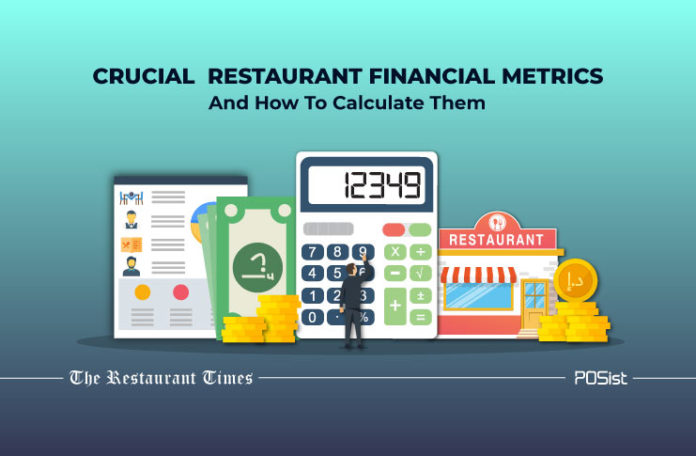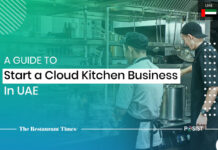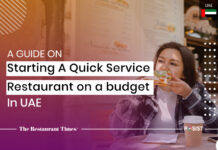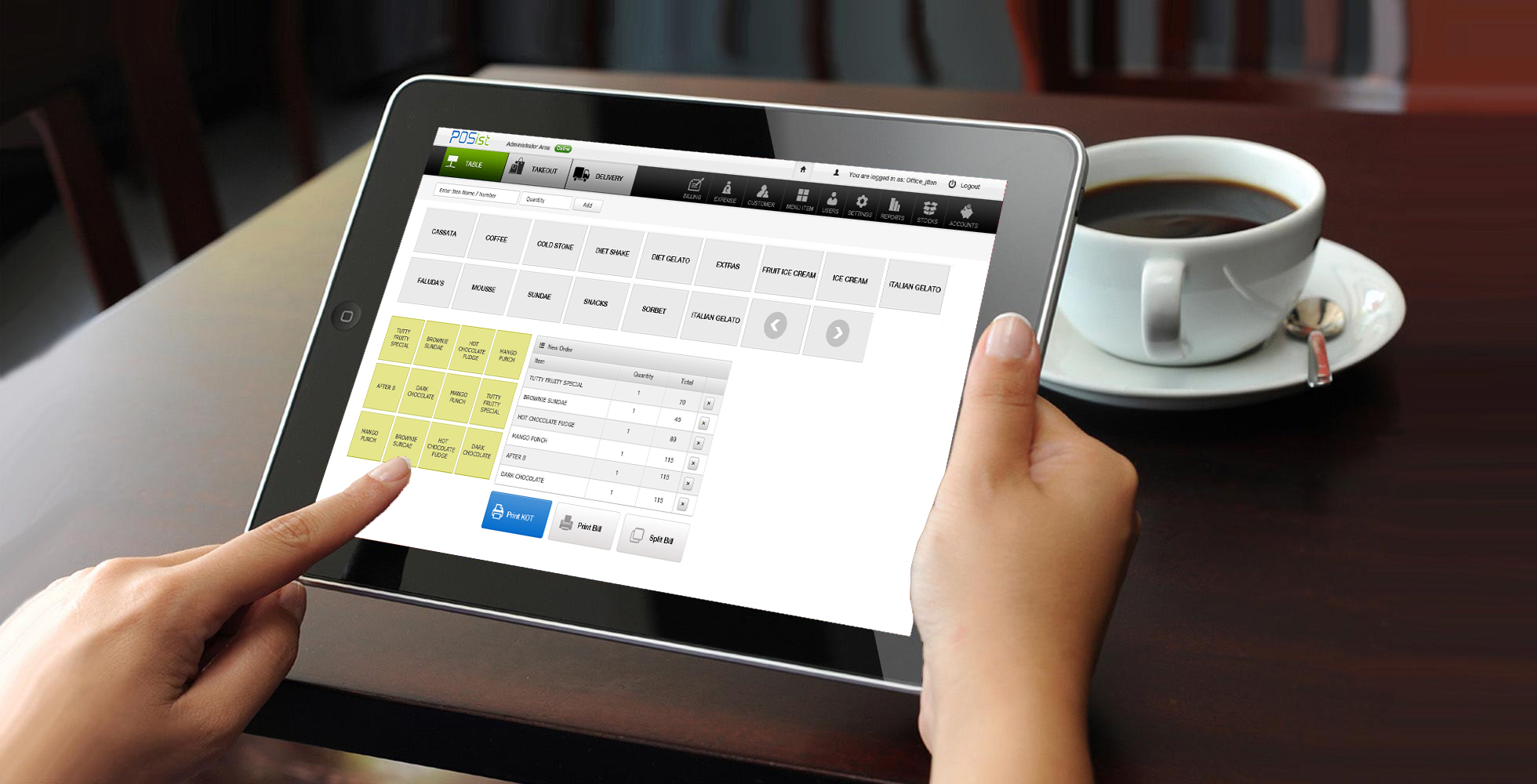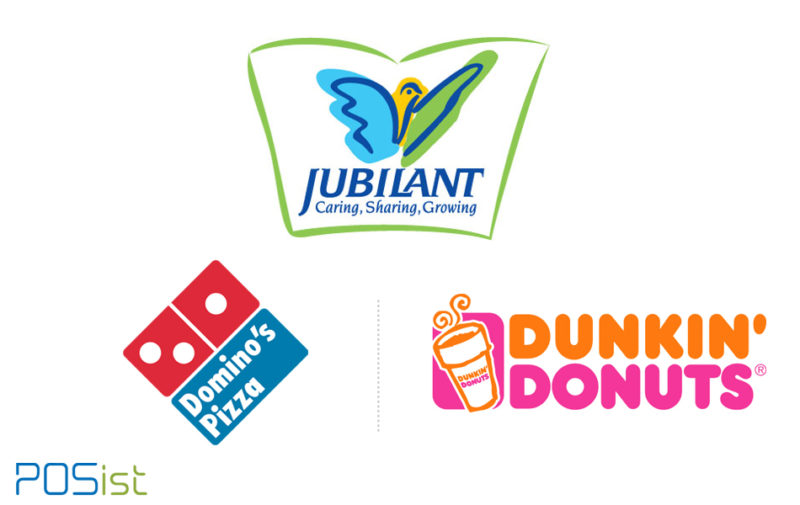UAE’s restaurant industry is growing rapidly and the foodservice market is forecasted to grow at a CAGR of 5.22% during (2019 – 2024). This means restauranteurs will now have more competition to deal with and will have to try hard to keep up the profits! The restaurant owners in UAE are constantly trying hard to keep the restaurant cost low and profits high, but it is often easier said than done. This is when the calculation of the restaurant financial metrics becomes necessary. By calculating these financial metrics, the restaurant operators can identify the financial performance of the restaurant and also determine the areas that require any improvements.
Important Restaurant Financial Metrics And How To Calculate Them
By regularly calculating financial performance metrics, restaurant managers can find negative trends and determine the areas that need improvement.
Several costs ultimately affect the net profit of a restaurant business; you cannot make one change and expect to see a significant difference. So here are a few restaurant financial metrics to pay attention to.
1. Cost Of Goods Sold (COGS)
The Cost Of Goods Sold is an essential restaurant financial metric. It is basically the cost required to prepare each item on your restaurant’s menu. CoGS also represent the total amount you need to spend on the inventory to acquire the raw material required for cooking over a period of time. It helps you determine if the menu items are priced correctly or if the food cost is high.
Calculating COGS:
COGS = (Beginning inventory of F&B) + (Purchases) – (Ending inventory)
Since a maximum of the raw materials is imported in UAE, the Food costs are pretty high. By calculating and carefully monitoring the COGS you can decide the amount you need to spend on your stock and allocate the menu price correctly.
2. Labor Cost Percentage
It is the percentage of the revenue that pays for the restaurant labor. It is the second prime expense for a restaurant business in UAE after the food cost, primarily due to a lack of skilled labor in UAE.
In order to yield more profits, this labor cost percentage should be low.
Calculating Labor Cost Percentage:
Labor Cost Percentage = Labor Cost / Sales
This article will help you keep your labor costs in check.
3. Prime Cost
It is the total sum of your labor costs and the cost of goods sold (CoGS), including the food and liquor cost. It represents the restaurant’s largest expenses, it affects your entire operations including how you price the menu, create your budget and set the goals for your restaurant.
Calculating Prime Cost:
Prime Cost = CoGS + Total labor cost
4. Break-Even Point
This is one of the most essential restaurant financial metrics to calculate. It helps you determine how your sales should be performing to earn back what you have invested. You can use this number to forecast how long will it take for you to earn back what you have invested in your restaurant business. It is also a crucial number if you are looking for investors.
Calculating Break-even Point:
Break-even Point = Total fixed cost / [(Total Cost – Total Variable Cost) / Total Sales]
This is how you should be managing your restaurant finances to reach breakeven quickly.
5. Food Cost Percentage
It is the difference between the cost of creating a specific item on the menu and the selling price of the food item. This restaurant metrics is important because you have to have an idea about how much you are selling a particular item for and if it is profitable for your restaurant business or not.
Calculating Food Cost Percentage:
Food Cost Percentage = Item Cost / Selling Price
Learn how to calculate the food cost percentage the right way here.
6. Gross Profit
It is the money your restaurant business makes after deducting the cost of the goods sold. It tells you how much money you are left with to pay for other expenses like rent, electricity, etc. after deducting the CoGS.
Calculating Gross Profit:
Gross Profit = Total Revenue – CoGS
7. Net Profit Margin
It is the money your restaurant makes after accounting for all the expenses like CoGS, rent, electricity, etc. This is your profit margin and an essential metric to calculate since any profit made is a cause to celebrate.
Calculating Net Profit Margin:
Net Profit Margin = (Gross Sales – Operating Expenses) / Gross Sales
8. Table-Turnover Rate
It is the number of tables turned over during a period of time. A quick table turnover rate would mean more money in your pocket. It would help prepare your kitchen for the evening and would also equip you with more information for reservation.
Calculating Table Turnover Rate:
Table Turnover Rate = Number of guests served during a time period / Number of seats
Read how you can optimize your restaurant table turnover rate here.
9. Restaurant Revenue Per Seat
It is the amount a single customer spends at your restaurant. It tells you how efficient your restaurant staff is at maximizing sales. You can also use this metric to forecast sales.
Calculating Average Cover:
Average Cover = Total Sales / Number of Covers
10. Customer Acquisition Cost
It is a marketing metric that shows how much it costs to get a new customer to your restaurant. It is helpful as it helps you determine if your marketing strategies are effective or not. By comparing different customer acquisition costs you can prioritize the marketing strategy that gives you the maximum return on investment.
Calculating Customer Acquisition Cost:
Customer Acquisition Cost = Marketing Expenses / Total New Customers Acquired
Running a restaurant in UAE’s competitive restaurant industry is no child’s play. it requires you to deal with many numbers day in and day out. This list of restaurant financial metrics would help make the calculations easy for you and help you run your business better.


